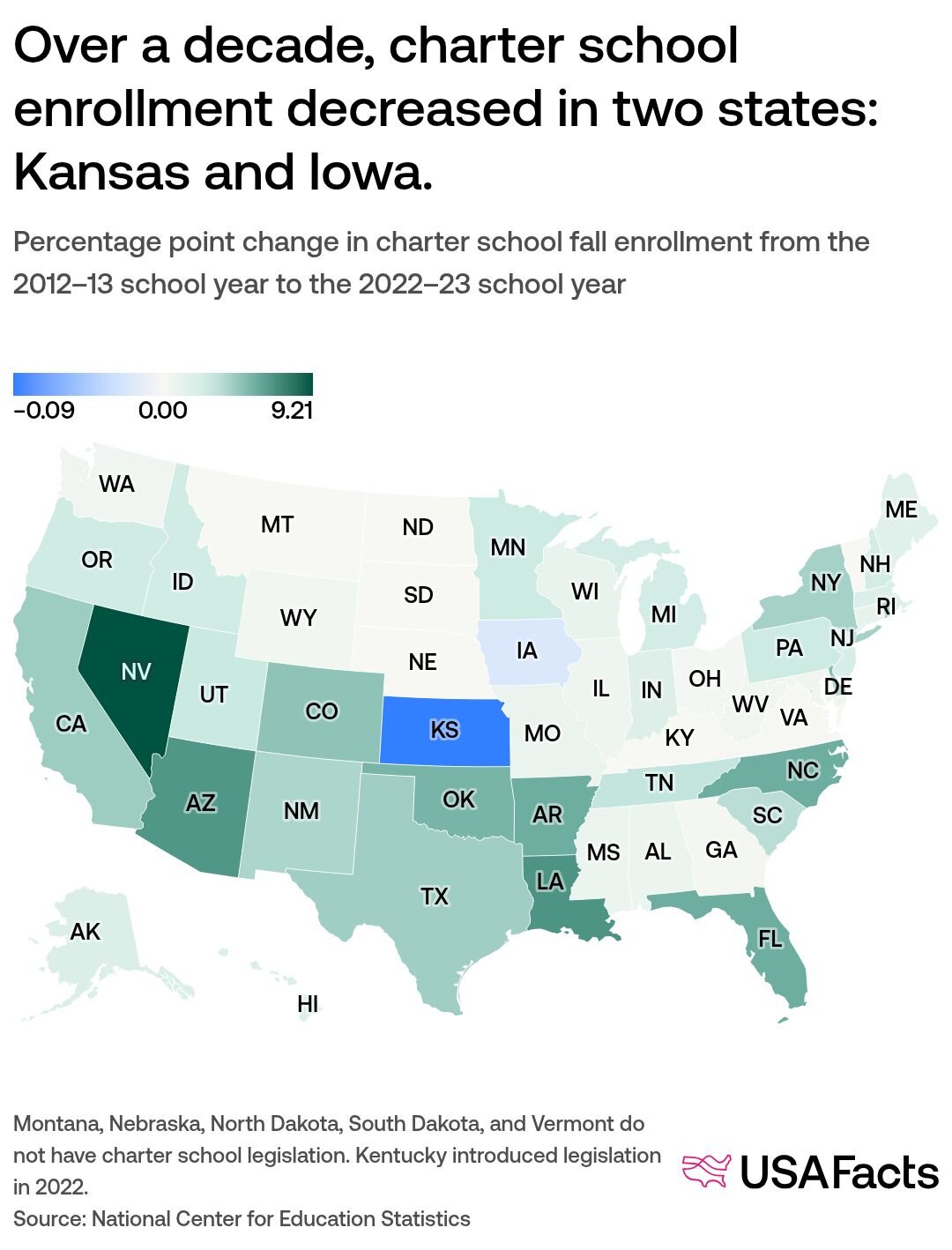
Schoolhouse stats
Before the opening bell rings, dig into the latest reports on American schools.
Back to school by the numbers
For your first lesson, here's a few quick stats:
$63k
4.0%
31%
How is your school district funded?
Lesson two: Most school funding comes from state and local governments (federal sources fill in the rest), meaning funding varies across states and counties. Explore district-level data to see how it all adds up.
It’s time for our favorite part of every class: video day! Get out your snacks — hope you brought enough to share!
“... the future of US education is on the line. Without solid data, we can’t measure what’s working — or fix what’s not.” –Steve Ballmer
How much are teachers paid?
Next lesson: Teacher pay. Last year, teachers earned a median annual wage of about $63,000. However, wages vary based on the grade level taught, school and classroom type, and location.
In pre-K-12 schools, high school teachers were paid the most. Teachers in public schools had higher wages than those in private schools, and special education teachers tended to earn more than other types of educators.
High school teachers earn a median wage of $64,690
Median annual salary, 2024
How many students go to charter schools?
Now that you’re back from recess, let’s talk about Charter schools. A charter school is a public school of choice: parents can choose to send their kids there instead of their assigned neighborhood school.
While the percentage of students in charter schools is increasing every year, the numbers vary by state. In Arizona, one in five public school students were enrolled in charter schools in the 2022-23 school year.
The government agencies behind education
Class is wrapping up. To finish the day, learn about the other federal agencies that support pre-K-12 education across the nation.


